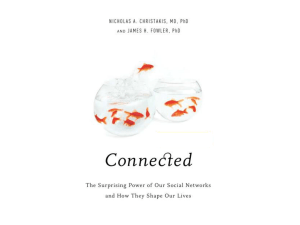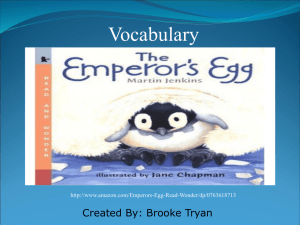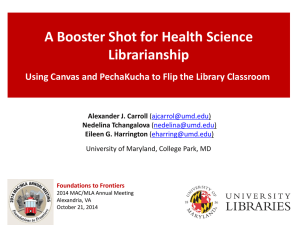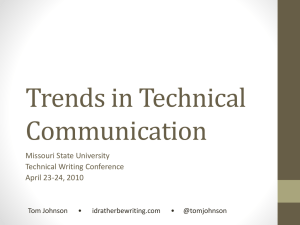Powerpoint template
advertisement
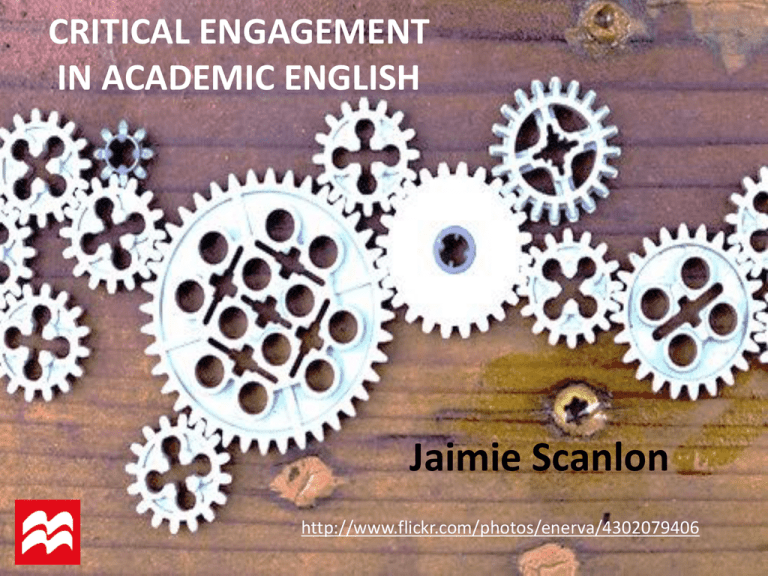
CRITICAL ENGAGEMENT IN ACADEMIC ENGLISH Jaimie Scanlon http://www.flickr.com/photos/enerva/4302079406 http://www.flickr.com/photos/24730273@N03/3827157346 http://www.myonlinemaps.com/images/vermont-map.gif http://www.flickr.com/photos/pethier/148314179 Strength Support Safety http://www.flickr.com/photos/pethier/148314179 CRITICAL ENGAGEMENT IN ACADEMIC ENGLISH Jaimie Scanlon http://www.flickr.com/photos/enerva/4302079406 CRITICAL ENGAGEMENT http://www.flickr.com/photos/enerva/4302079406 http://www.flickr.com/photos/michellebutler/2689959263 http://www.flickr.com/photos/bc-burnslibrary/6772252993 http://slitech.files.wordpress.com/2010/06/engaged-students http://www.flickr.com/photos/vermazeren Critical Thinking and Critical Engagement http://www.flickr.com/photos/robertgrounds/6311298744 BLOOM’S TAXONOMY a. Bloom’s what? Never heard of it. b. Hmm. . . Rings a bell. I have a vague memory of that. c. I know it well. It’s like an old friend I’ve been meaning to contact. d. Are you kidding? It’s practically my life philosophy! Source: Jessica Pilgreen http://meandmylaptop.weebly.com/2/post/2012/07/simplified-blooms-taxonomy-visual.html A few resources: http://cft.vanderbilt.edu/teaching-guides/pedagogical/blooms-taxonomy/ http://epltt.coe.uga.edu/index.php?title=Bloom%27s_Taxonomy http://d118.org/district/curriculum/initiatives/Blooms-taxonomy.pdf 1 SUMMARIZING: “The Core” of Critical Engagement John Goshert – Entering the Academic Conversation Students become e__ __ __ __ __ __ on the content, develop skills for explaining information accurately, anticipate their own critical responses, and gain c_ _ _ _ _ _ _ _ _ to “enter the academic conversation.” SSS: reading skills, identifying main ideas, supporting info, identifying effective summaries, note-taking and text-marking skills, practice, reported speech, academic vocabulary http://www.flickr.com/photos/pethier/148314179 http://www.flickr.com/photos/kinjosan/1671058402 -- Make it a habit. 2 ANALYZING: Critical Literacy & Information Literacy Students examine how information is organized in academic texts, how to determine the rel __ __ __ __ __ __ __ __ of sources, and focus on research ethics and scholarly int __ __ __ __ __ __. SSS: information literacy, compare rhetorical styles, distinguish between points/texts that are well/poorly supported, academic language http://www.flickr.com/photos/pethier/148314179 Read/Listen with the grain. Read/Listen against the grain. • Is the information accurate? well-supported? • Where is the author/speaker most convincing? • Which examples and evidence best support the author’s claims? • Where has the author overlooked other perspectives or avoided challenges to claims? http://www.flickr.com/photos/kinjosan/1671058402 -- Make it a habit. 3 EVALUATING: Focusing on v_ _ _ _ _ Students distinguish between facts and o__ __ __ __ __ __ __, examine content in the context of their own values and beliefs, react and respond to ideas; express and s__ __ __ __ __ __ their own opinions. SSS: materials selection: compelling, current, relevant, targeted work on rhetorical “moves”, supporting opinions, academic language http://www.flickr.com/photos/pethier/148314179 Read/Listen with the grain. Read/Listen against the grain. • Where do you agree/disagree, and why? • How does the author/speaker encourage you to think differently or change your mind about an issue? “This purposeful summary–response process motivates [students] to break free of simplistic commentary (“I liked it,” “I don’t agree,” and so on) and express [themselves] with meaningful, active participation in an academic conversation.” John Goshert, Entering the Academic Conversation Three-column Reading Log Quotation Summary Response Critical engagement requires students to go beyond reporting on a text and assume a position of authority from which they can ask questions, examine details, agree and disagree knowledgably, and provide their responses. Careful, active, critical reading and accurate summary give them the foundation from which they can respond credibly and fully engage with the text. The engaged response is an opportunity to participate with the source in the academic conversation. (page 109) Through critical engagement with academic texts, students become authorities and active participants in the academic conversation. Goshert’s suggested model is intended to empower students. He does not underestimate their potential to become authorities – How do cultural factors and ingrained educational paradigms come into play? http://www.flickr.com/photos/kinjosan/1671058402 -- Make it a habit. 4 CREATING: Expanding on ideas and generating new ones Students learn to take in __ __ __ __ __ __ __ __ to solve problems, take a__ __ __ __ __ based on what they’ve learned, cnd carry learning beyond the classroom into the r__ __ __-w__ __ __ __ context. SSS: real-world tasks, social responsibility, community involvement, vision http://www.flickr.com/photos/pethier/148314179 http://www.flickr.com/photos/pethier/148314179 http://www.flickr.com/photos/nordique/4346766797 5 ASSUMING A POSITION OF AUTHORITY : Joining the academic conversation Source: The Courage to Teach, Parker Palmer Source: The Courage to Teach, Parker Palmer Take it slow. CRITICAL ENGAGEMENT IN ACADEMIC ENGLISH Jaimie Scanlon http://www.flickr.com/photos/enerva/4302079406

